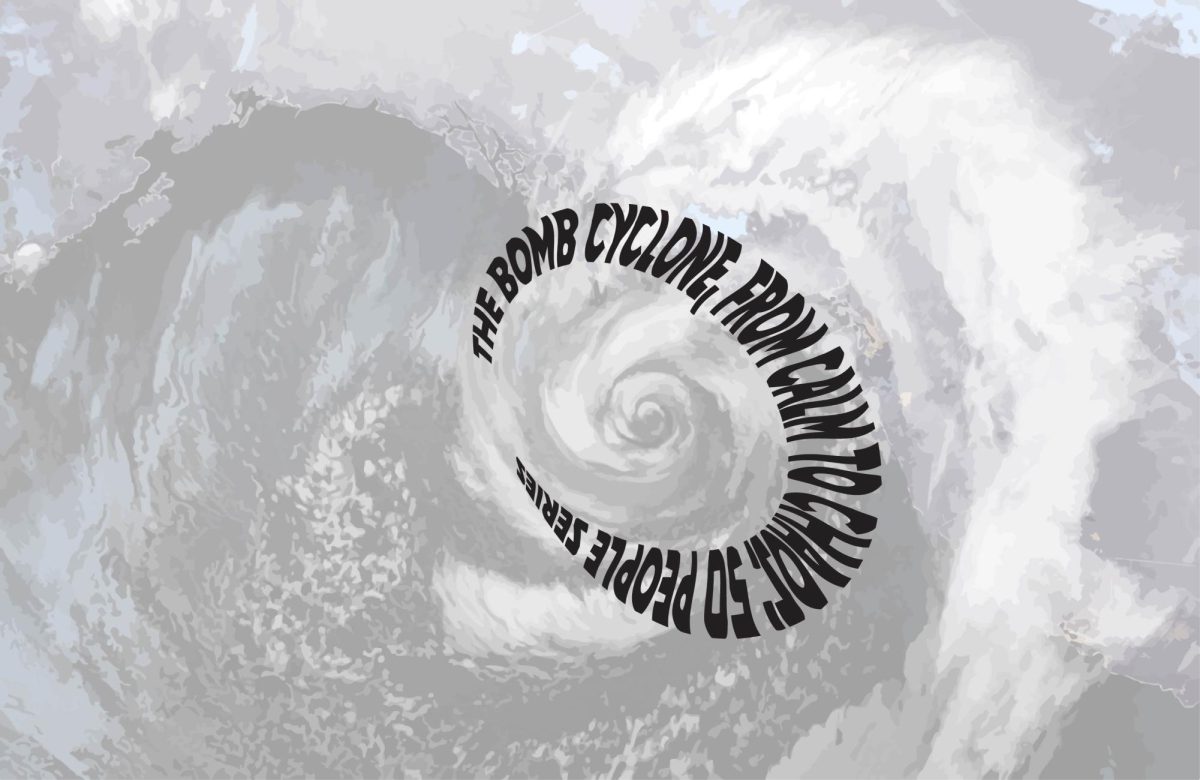It can be overwhelming and even scary to apply to college, especially when you have no idea where to start.
Everyone always says to start early and not to procrastinate, which is helpful, but how are you supposed to start doing college applications in advance when you have no clue what you should be doing?
This developed list has all the different steps one has to go through in applying to college and scholarships, with a guideline on what your application process should look like by the time you begin to apply to colleges.
Researching/Picking Colleges:
If you were looking to identify some potential schools for which to apply, one key thing you want to do is to identify your priorities. That is, think about what’s important in college to you. It might be location, size, academic programs, campus culture, extracurricular activities, and many more.
Checking out the websites of the colleges that interest you is a super helpful resource. Here you can review academic programs, faculty, campus facilities, student life, and admission requirements. Also, if at all possible, visit the campuses of the colleges in which you are interested.
Depending on how far away the school is from you, this can get expensive, but taking a tour of a school’s campus that you are serious about can help narrow options down and help you figure out if you could see yourself there.
College fairs and info sessions are great opportunities to talk to counselors of the admission office of that particular school and, quite possibly, even talk to alumni or current students attending those schools. This can give you another perspective on the school and can help you verify whether or not it is one that you see yourself applying to and possibly attending.
Common App:
The Common App opens up on August 1, which may seem really early, but filling everything out throughout the Common App and each specific school takes time. When school starts back up it can get hard to balance the two, so I recommend starting early.
After making an account on the Common App and filling out the profile section, the next step is to add each of the schools to which you are applying, to my colleges. Most of the colleges you apply to are through the Common App. However, some colleges have their application websites like the University of California application and Cal State application.
On the Common App, there is a section called ‘Common App’ where you fill out the basic things that most colleges require including testing, activities, writing, and course and grades. Each school you apply to will ask you questions, but make sure to read everything carefully in case their questions ask for their own essay because some colleges require an extra short response or supplemental essay.
Make sure to look at the deadlines! There are different deadlines depending on whether you are applying for Early Action (EA), which is non-binding and you don’t have to commit to the school. Early Decision (ED), is binding and if you get in you are committed to that school or Regular Decision.
Writing Your Essay:
Give yourself plenty of time to brainstorm, write, and revise your essay. This allows you to develop your ideas and make multiple drafts.
One mistake people make while writing their essays is listing their achievements in their essays. The personal statement essay is meant to be a story that highlights one strength and character. Another common mistake is writing a sob story and failing to discuss how it has shaped their life. While discussing sad times in your life, talk about how you got through the experience and how such a thing has shaped you into the person they are today.
Your personal statement is 650 words, which may seem like a lot, but in reality, it isn’t. So make sure to focus on specific examples and details to illustrate your point. That being said, some background information is good, but make sure that you don’t go on too long and be concise to get to the point.
Letters of Recommendation:
When asking for letters of recommendation make sure to ask ahead of time. Teachers and counselors need about 2-3 weeks’ notice to write you a letter of recommendation. Not all colleges require letters of recommendation, so make sure to check and see if a teacher and/or counselor letter is required. If colleges do ask for a letter of recommendation, they usually ask for one, maybe two.
Financial Aid (FAFSA):
FAFSA opens up on December 1 each year. Make sure to fill it out as soon as possible since some financial aid is awarded on a first-come, first-served basis.
Scholarships:
Look for scholarships as early as possible. Most scholarship deadlines are months prior to the school year beginning; an earlier start simply gives you more opportunities. Take advantage of all the different resources to find the perfect scholarships that fit you uniquely and for which you meet all the qualifications. Pay attention to the deadlines and materials needed, and apply to more than one scholarship to increase your chances of receiving money.











































